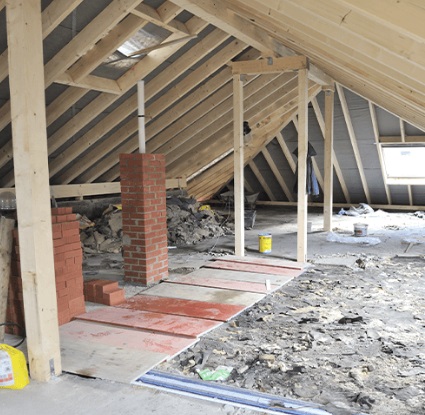A Step-by-Step Guide: How to Remove Granite Countertops

Are you considering a kitchen renovation or simply looking to upgrade your countertops? If you currently have granite countertops installed and are wondering how to remove them without causing damage or stress, you’ve come to the right place. In this comprehensive guide, we’ll walk you through the process of removing granite countertops safely and efficiently.
Before we delve into the steps, it’s essential to understand that removing granite countertops is a labor-intensive task that requires careful planning and preparation. It’s advisable to enlist the help of a professional if you’re not confident in your DIY skills or if the countertops are particularly large or heavy.
Now, let’s get started with the step-by-step process:
Gather Your Tools and Materials:
Before you begin, make sure you have all the necessary tools and materials on hand. This may include a pry bar, putty knife, utility knife, hammer, safety goggles, gloves, and a dust mask. Additionally, you’ll need to have a sturdy surface or tarp to place the removed countertops on to prevent damage.
Disconnect Utilities:
Start by turning off the water and electricity supply to your kitchen to ensure safety during the removal process. Disconnect any plumbing fixtures and electrical appliances that are attached to the countertops, such as sinks, faucets, and cooktops.
Loosen the Adhesive:
Granite countertops are typically secured to the cabinets below with adhesive. Use a putty knife or utility knife to carefully loosen the adhesive along the edges of the countertops. Take your time with this step to avoid damaging the cabinets or the countertop surface.
Lift and Support:
With the adhesive loosened, gently lift the granite countertop from one corner using a pry bar. Enlist the help of a friend or family member to support the weight of the countertop as you lift it. Place wooden shims or blocks underneath for support and to prevent the countertop from tipping over.
Remove the Countertop:
Continue lifting and supporting the countertop along its edges until it is completely detached from the cabinets. Carefully maneuver the countertop away from the cabinets and place it on the prepared surface or tarp.
Clean and Prepare the Cabinets:
Once the countertop is removed, inspect the cabinets for any damage or residue left behind by the adhesive. Clean the surface thoroughly with a mild detergent and water, and allow it to dry completely before installing new countertops.
Dispose of the Countertop:
Depending on the condition of the countertop and your local regulations, you may need to arrange for its disposal. Contact your local waste management facility or recycling center for guidance on proper disposal methods.
Protect Surrounding Areas:
Granite countertops can be heavy and cumbersome to maneuver, so it’s essential to take precautions to protect surrounding surfaces and flooring during the removal process. Lay down drop cloths or cardboard to prevent damage to floors and walls, and consider removing any fragile items or decorations from the area.
Inspect for Hidden Obstacles:
Before you begin removing the countertops, carefully inspect the area to identify any potential obstacles or hidden challenges that may arise during the process. This could include hidden plumbing or electrical lines, structural supports, or other elements that could affect the removal process.
Dispose of Waste Responsibly:
Once the countertops are removed, you’ll likely have a significant amount of waste material to dispose of, including the granite slabs themselves, as well as any adhesive or sealant residues. Be sure to dispose of these materials responsibly, following local regulations and guidelines for waste disposal and recycling.
Consider Professional Help:
If you encounter any difficulties during the removal process or if you’re unsure about your ability to safely remove the countertops, don’t hesitate to seek professional assistance. A skilled contractor or countertop installer can ensure that the removal is done correctly and without damage to your kitchen.
Now that you’re familiar with the process of removing granite countertops, you can proceed with confidence knowing that you have the knowledge and resources to tackle this project effectively. Whether you’re upgrading to new countertops or making other improvements to your kitchen, proper planning and execution are key to achieving the desired results.
Remember, safety should always be a top priority when undertaking home renovation projects. Wear protective gear, use caution when handling heavy materials, and enlist the help of others when needed. With patience and perseverance, you can successfully remove granite countertops and create the kitchen of your dreams.
So go ahead, roll up your sleeves, and embark on this exciting journey of home improvement. With the right tools, techniques, and attitude, you’ll be well on your way to achieving the kitchen you’ve always wanted. Happy renovating!











